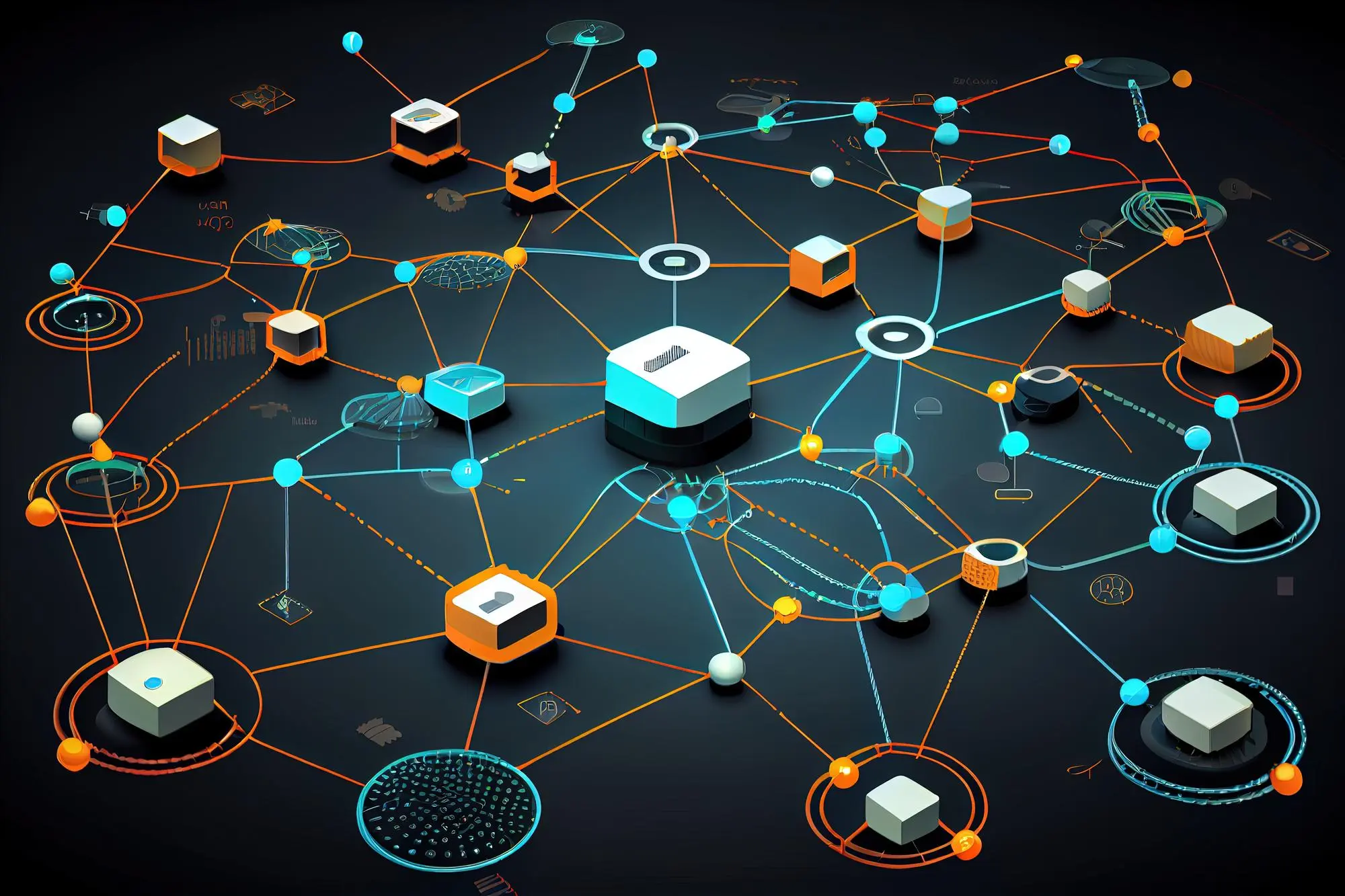- Feroz Gandhi Market, Ludhiana, Punjab, India
- info@fourthX.com
- +91 740 740 7004

In 2024, one of the most transformative trends in the IT industry is the rapid rise of edge computing. As the demand for faster data processing and reduced latency increases, businesses and tech innovators are looking toward edge computing as the solution. This technology is set to revolutionise various sectors by bringing computation and data storage closer to the data sources, thereby enhancing performance and efficiency.
What is Edge Computing?
Edge computing refers to the practice of processing data near the edge of the network, where the data is generated, rather than relying entirely on centralized data-processing warehouses. This approach minimizes the distance that data needs to travel, reducing latency and bandwidth usage.
Why is Edge Computing Important?
Applications of Edge Computing
Challenges and Future Prospects
Despite its benefits, edge computing does come with challenges. These include the need for robust security measures to protect local data, managing the complexity of distributed systems, and ensuring interoperability between different edge devices and platforms.
Looking forward, the edge computing market is expected to grow exponentially. Advances in 5G technology, AI, and machine learning will further integrate with edge computing, pushing the boundaries of what’s possible in real-time data processing and analytics.
Conclusion
As we navigate through 2024, edge computing stands out as a pivotal development in the IT industry. Its ability to enhance speed, efficiency, and security is transforming how businesses operate and how data is processed. Embracing this technology will be crucial for organisations aiming to stay competitive in an increasingly data-driven world.